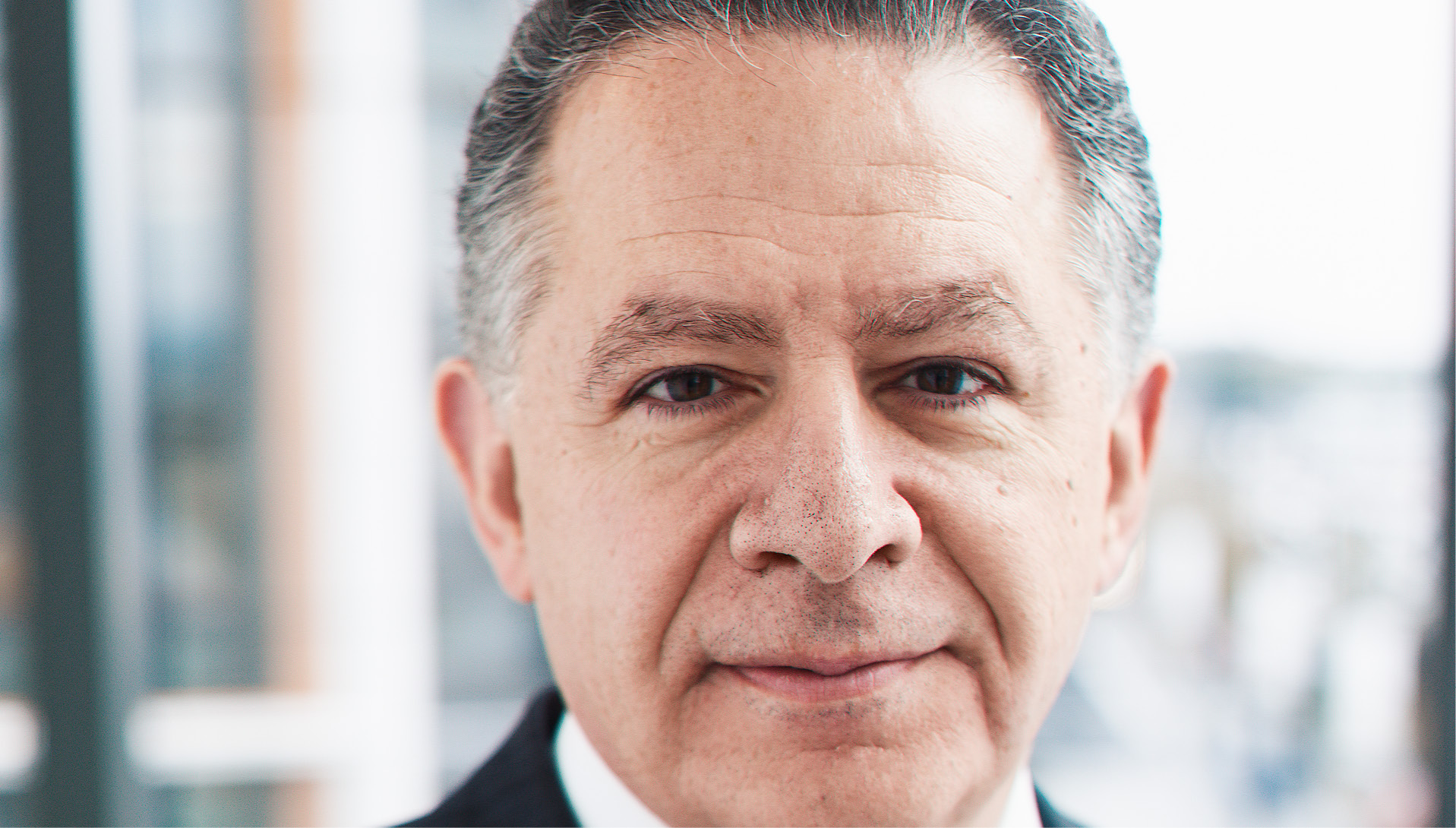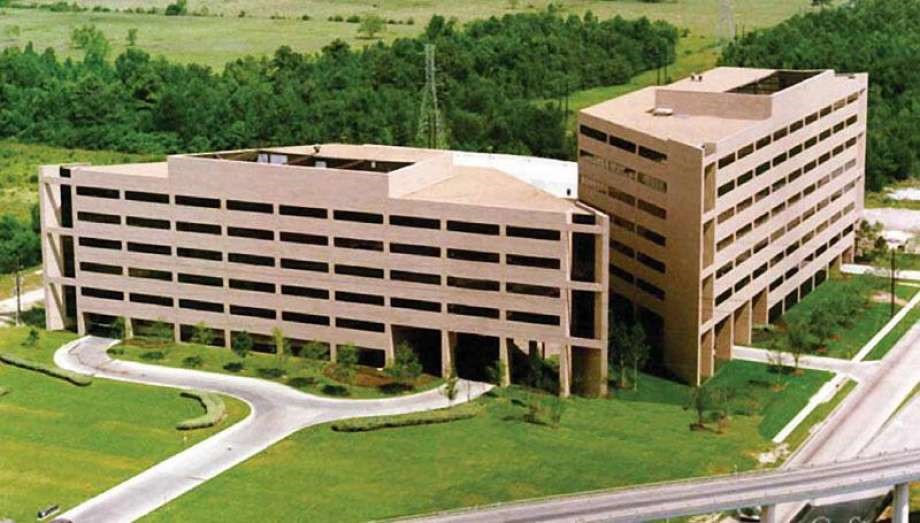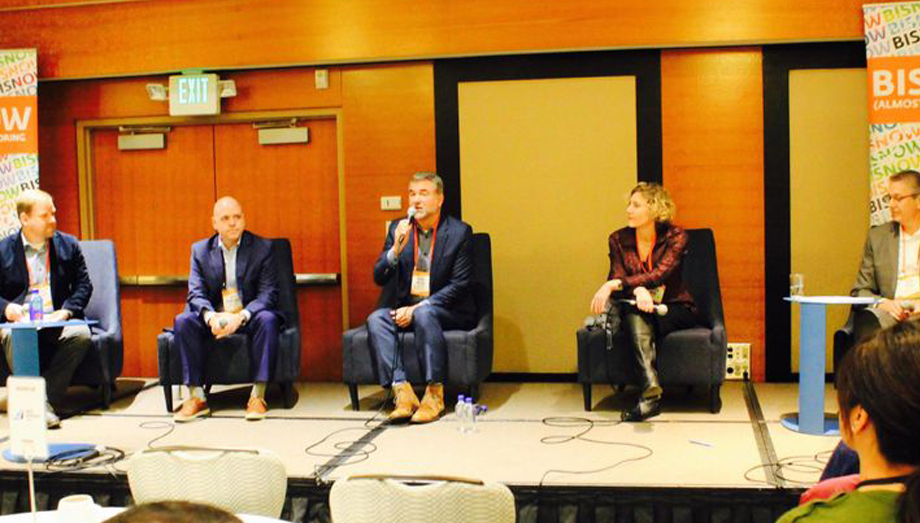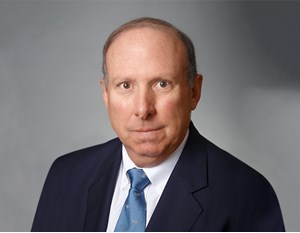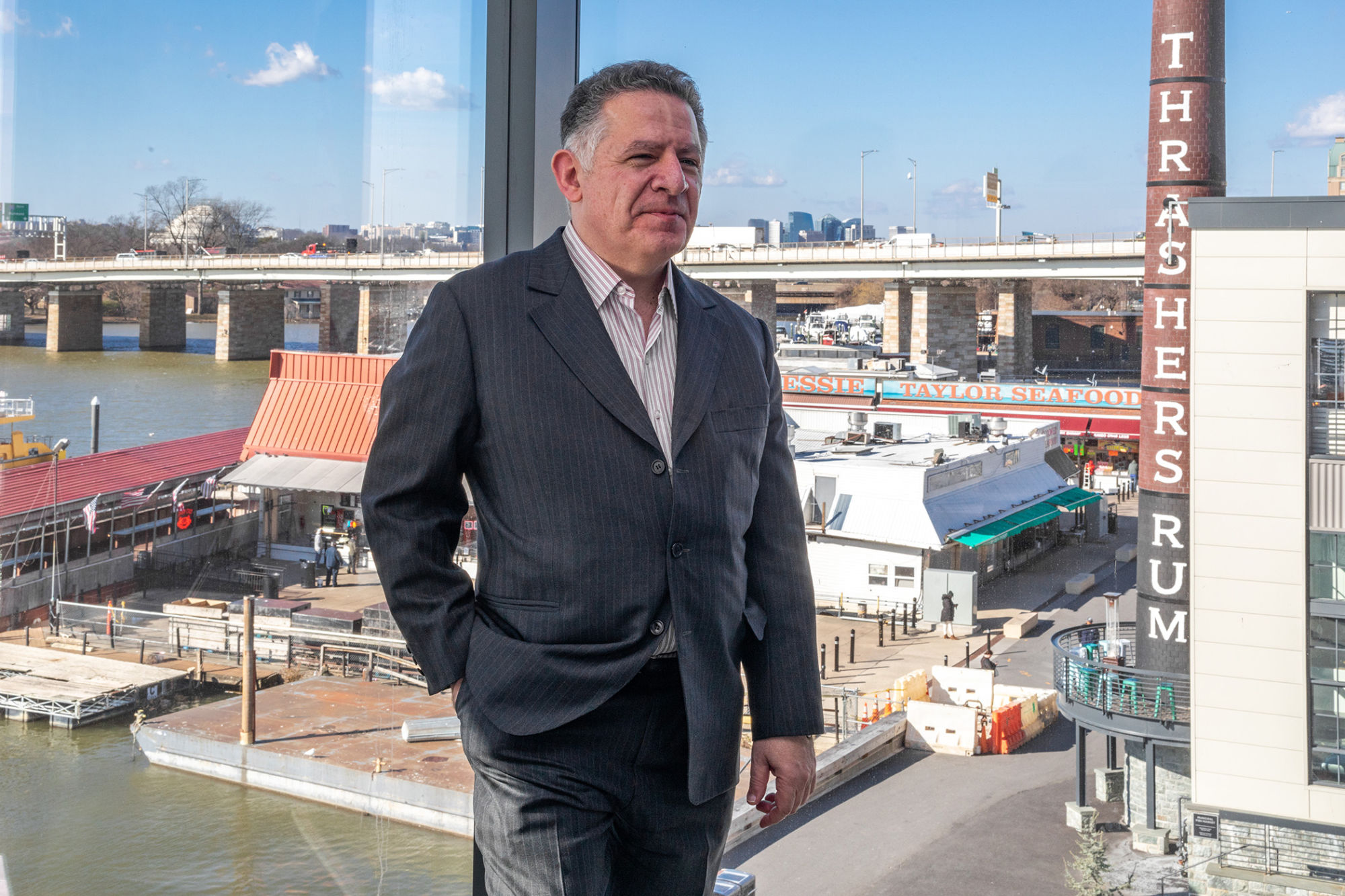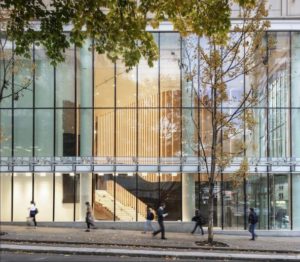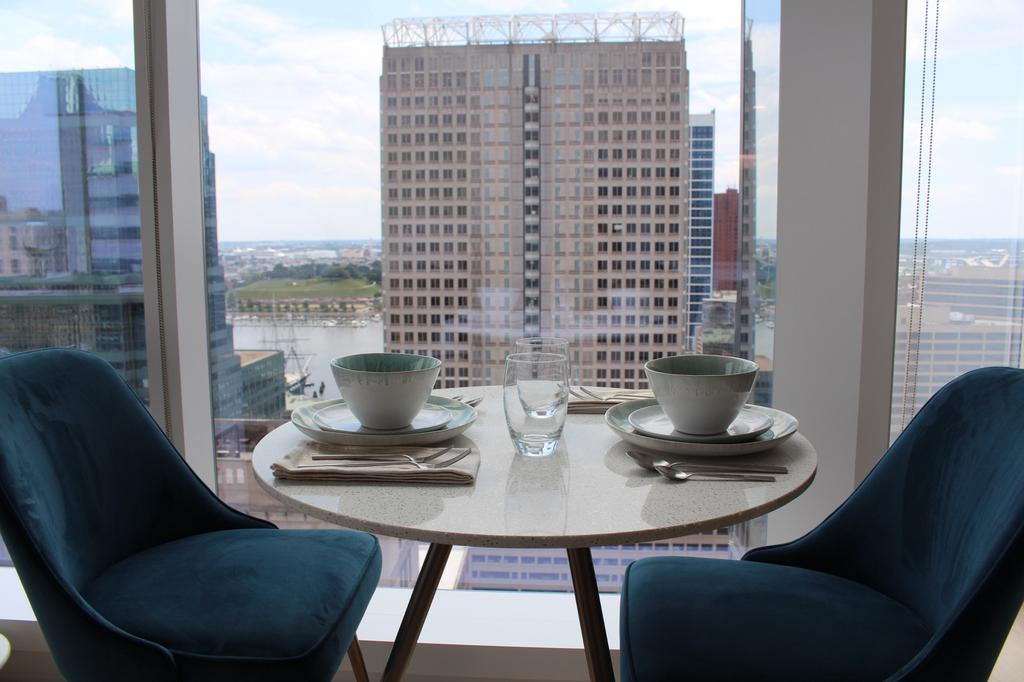(As seen in The Business Journals, By Ashley Fahey, Nov 17, 2022)
Covid-19 concerns are diminished, inflation worries are high. But consumers are ready to celebrate what's for many the first so-called normal holiday season in three years, which experts say should keep sales relatively strong and ultimately bolster the retail real estate sector.
In fact, despite high inflation and growing concerns about a recession, consumer spending has continued to grow through the fall.
The U.S. Department of Commerce reported Wednesday U.S. retail and food services sales for October 2022 totaled $694.5 billion, up 1.3% from the previous month and 8.3% higher than October 2021. Total sales between August and October 2022 were up 8.9% from the same period a year prior.
The National Retail Federation, meanwhile, forecasted on Nov. 3 retail holiday sales will grow between 6% and 8% from 2021 levels, to between $942.6 billion and $960.4 billion.
Some retailers, though, are bracing for consumers to spend less this holiday season. Big-box retailer Target Corp. (NYSE: TGT) out of Minneapolis posted disappointing earnings results for the third quarter on Wednesday and cut its forecast for the holidays, citing continued weakness in consumer shopping habits.

